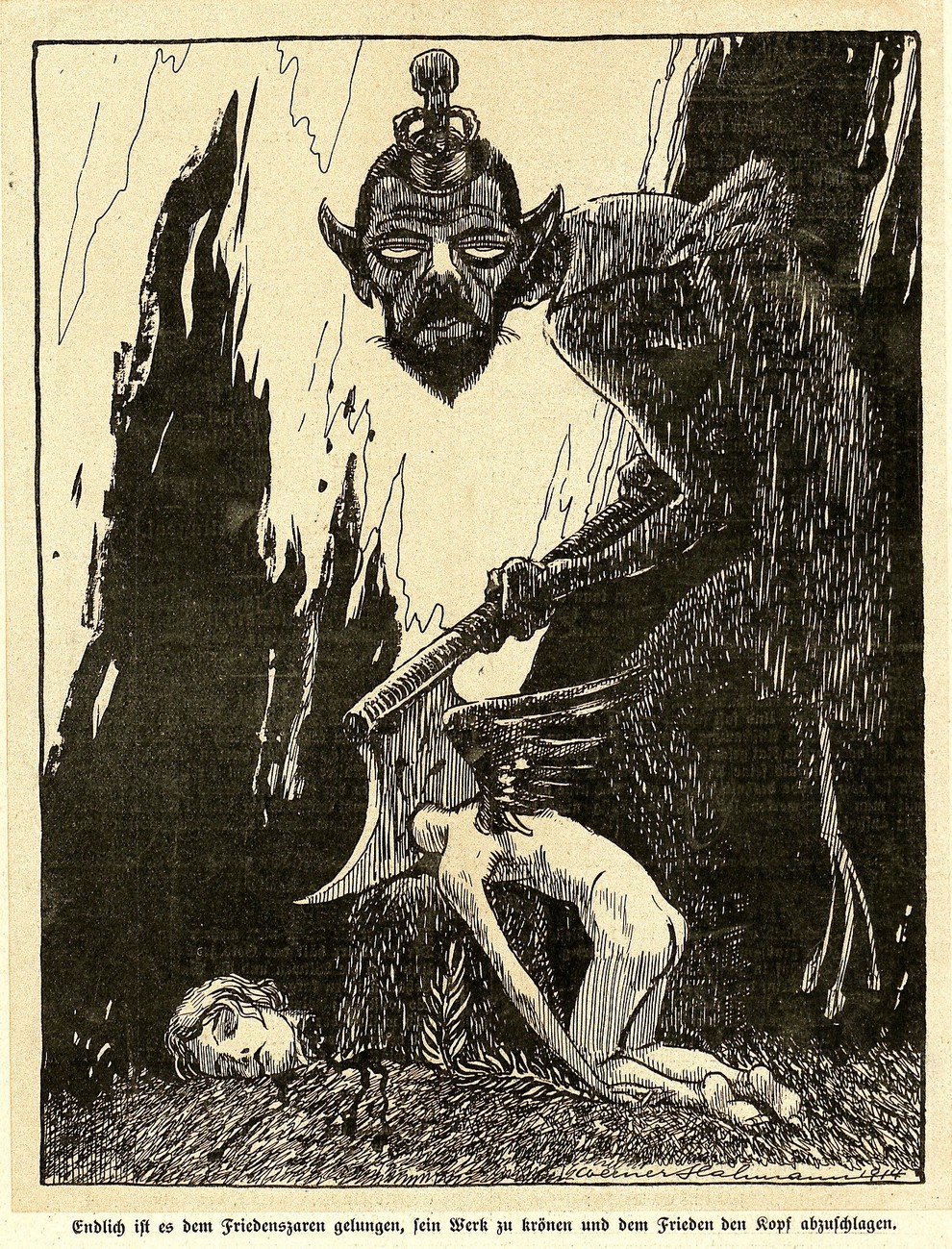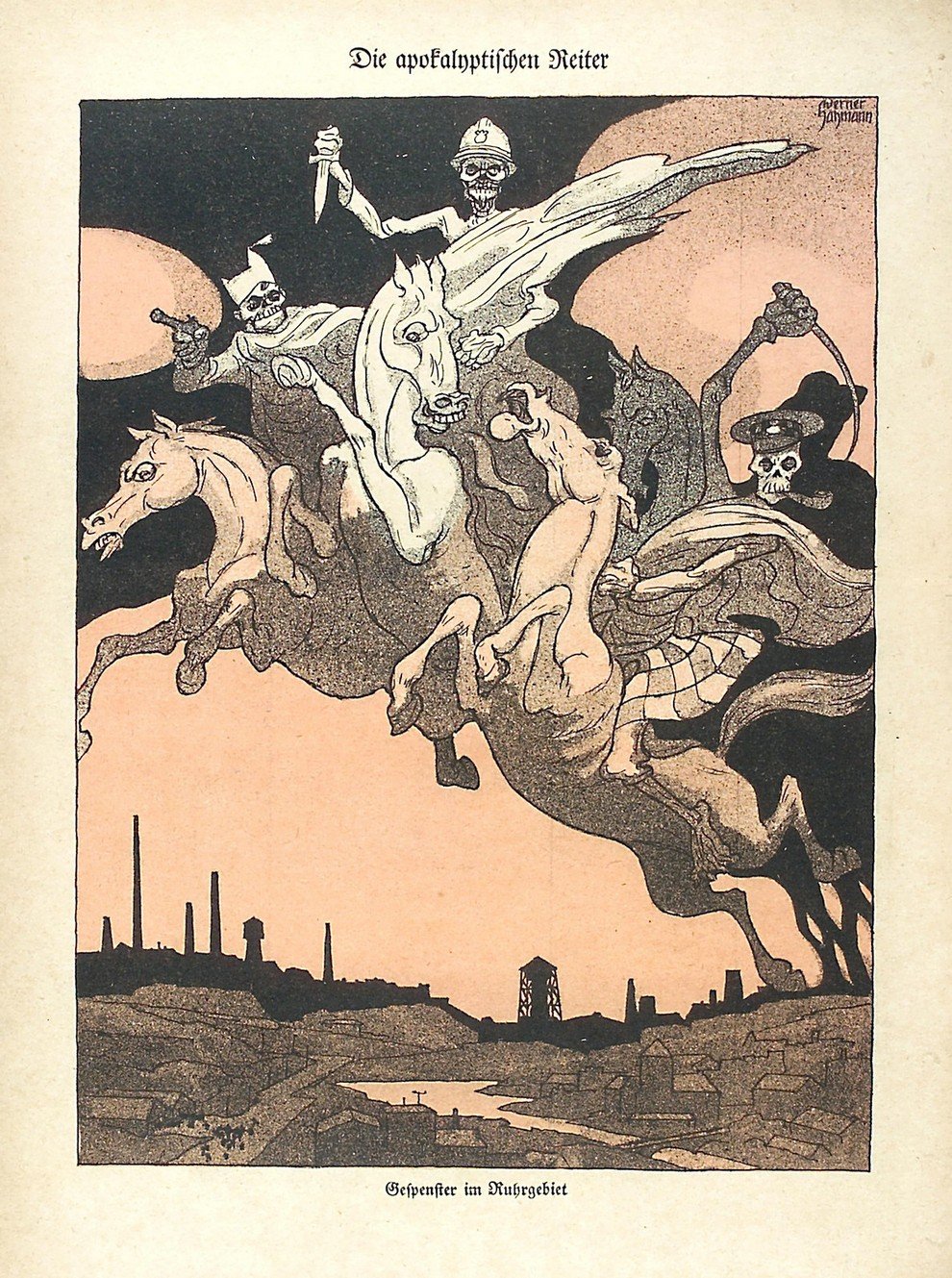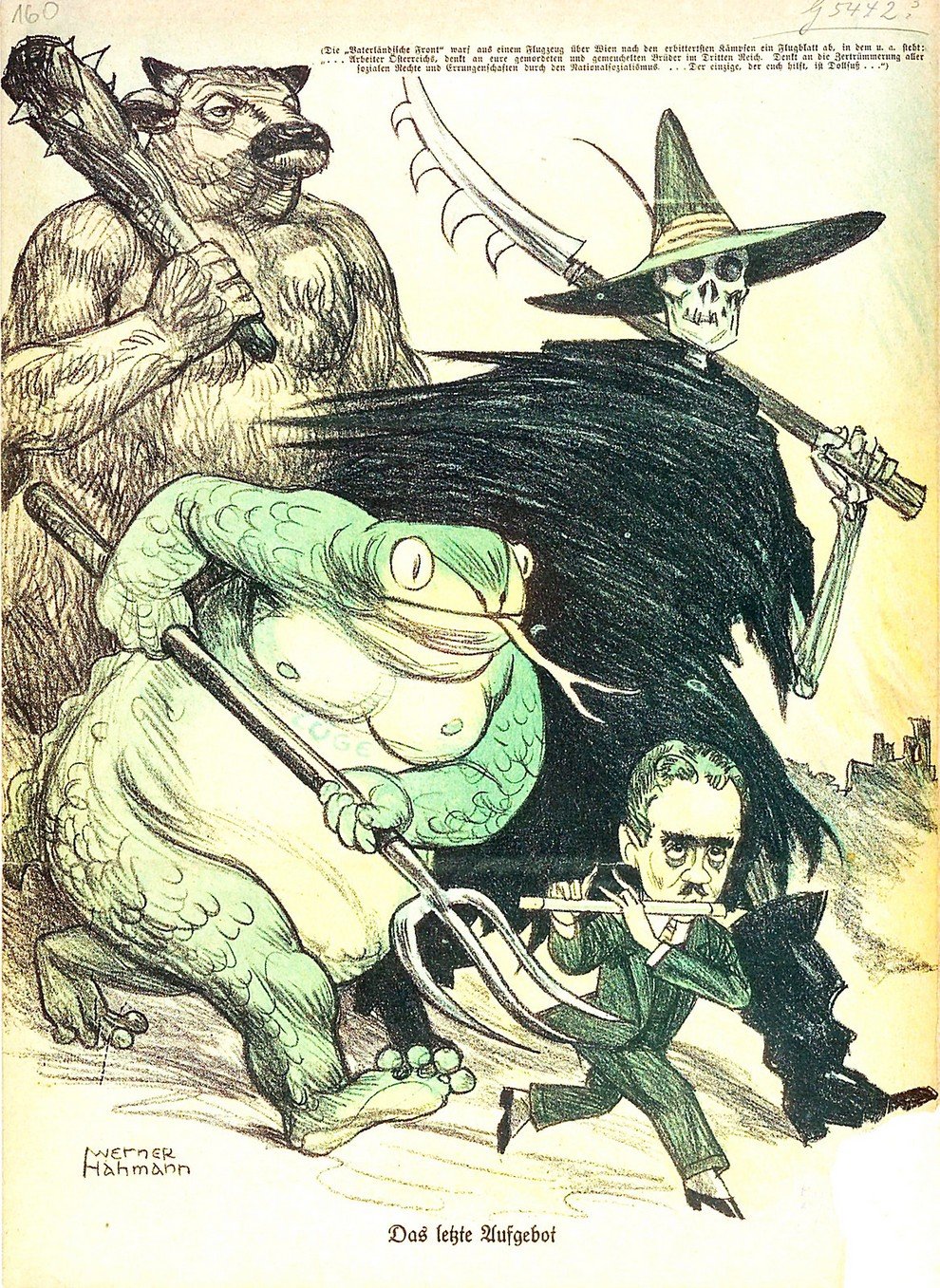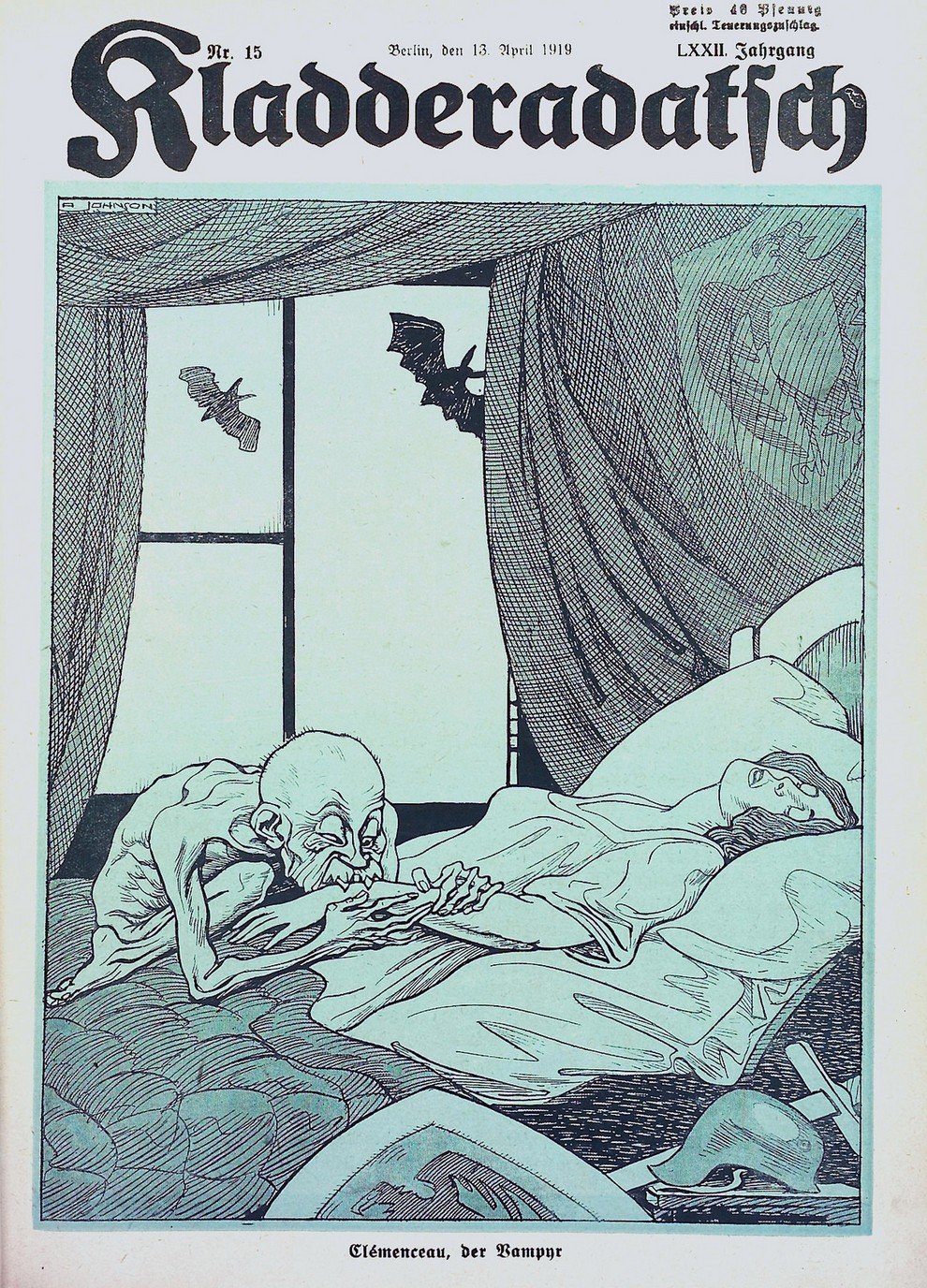
Kladderadatsch, a satirical German-language magazine, was founded in Berlin on May 7, 1848. The name “Kladderadatsch” itself is onomatopoeic, meaning “Crash” in German, reflecting the magazine’s sharp and disruptive humor. Albert Hofmann and David Kalisch, two key figures in the magazine’s creation, played significant roles in shaping its editorial direction. Hofmann, known for his illustrations, and Kalisch, a talented comedic writer and the son of a Jewish businessman, brought their unique skills to the publication.
The magazine gained popularity for its witty commentary on current events, politics, and social issues of the time. Its clever and often biting satire resonated with readers, making it a widely-read publication in Germany. Kladderadatsch was published on a weekly basis, with the exception of weekdays, ensuring that its content remained fresh and relevant to its audience.
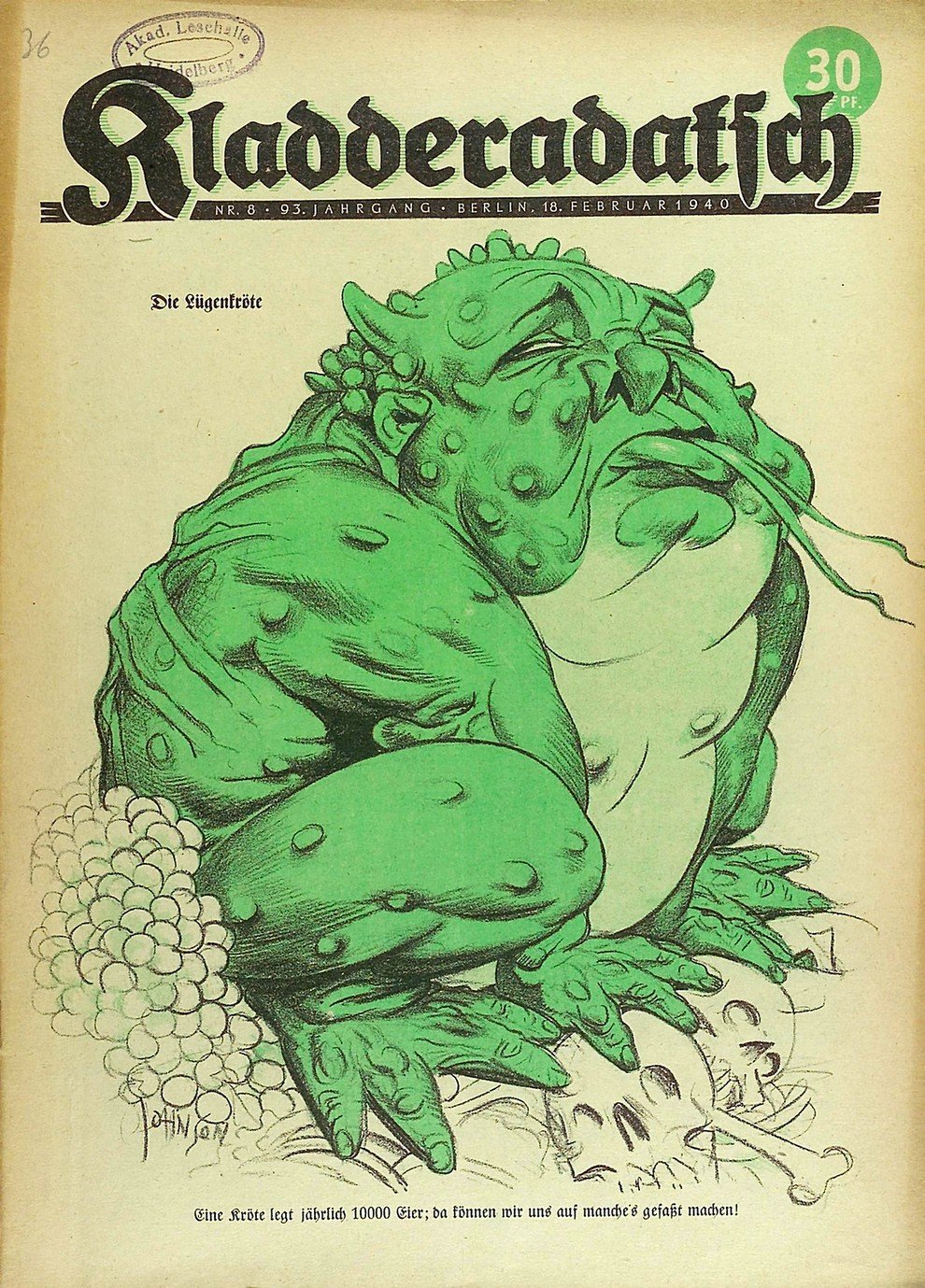
Over the years, Kladderadatsch became known for its bold and sometimes controversial take on societal norms and cultural phenomena. Its cartoons and written pieces provided a platform for dissenting voices and unconventional viewpoints, challenging readers to think critically about the world around them. The magazine’s longevity and influence in German media can be attributed to its commitment to pushing boundaries and sparking important conversations.

Unfortunately, Kladderadatsch faced challenges during its existence, including a halt in circulation in 1944. The magazine’s closure marked the end of an era in German satire, leaving behind a legacy of bold, irreverent humor that continues to inspire artists and writers to this day. Despite its eventual demise, Kladderadatsch remains an important cultural artifact, reflecting the tumultuous history and vibrant intellectual landscape of 19th and 20th-century Germany.

